Results
-
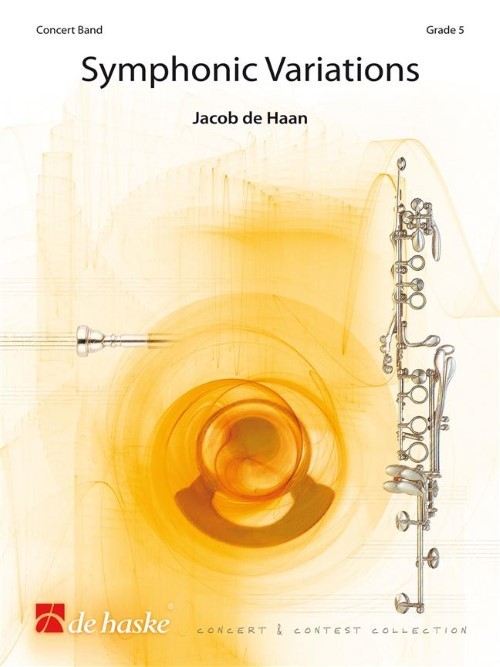 £154.99
£154.99Symphonic Variations (Concert Band - Score and Parts) - De Haan, Jacob
This composition is based on a passacaglia theme, in which artistic perfection, symphonic drama and oriental melody lines play a role. The passacaglia is originally a dance made up of a series of variations above a bass line constantly present as an ostinato. It is not in this sense that the "Symphonic Variations" are in the passacaglia form but in the sense of the open form of the variations. Jacob de Haan, himself originally an organist, took his inspiration for this piece from the famous passacaglia for organ in C-minor by J.S. Bach. Following the introduction of the passacaglia theme (in the bass) the entry by the trumpets and trombones forms the majestic start to a musical adventure, in which this theme (often fragmentary) returns in variations. Then there follow two faster movements with dramatic contrasts and virtuose passages. Particularly striking here is the use of two characteristic intervals from the beginning of the theme namely the minor second and the augmented fourth. An apause in the composition comes in the slow bridge where a syncopated bourdon (perfect fifth) is constantly repeated. The tension grows in dynamics and harmony, and the oriental-flavour becomes obvious in the melody. We arrive at a faster movement via an accelerando, in which a perpetuum mobile based on the passacaglia theme is central. Finally the whole flows into a martial theme, in which the ostinato accompaniment n the descant derives from the passacaglia theme.Duration: 11:15
Estimated dispatch 7-14 working days
-
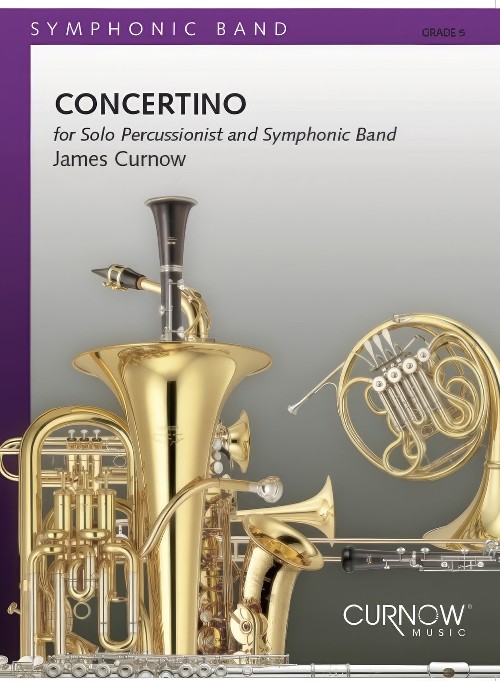 £176.50
£176.50Concertino (Percussion Solo with Concert Band - Score and Parts) - Curnow, James
Duration: 11.00
Estimated dispatch 7-14 working days
-
 £164.99
£164.99Four Colonial Country Dances (Concert Band - Score and Parts) - Curnow, James
Throughout the colonial period in America, country dancing was the principal recreation of all social classes. Americans had inherited this tendency from Elizabethan England, and many continental Europeans also took up English country dancing as their own. Four Colonial Country Dances feature country dance tunes that were indigenous to New England and particularly to the Boston area.Duration: 11.00
Estimated dispatch 7-14 working days
-
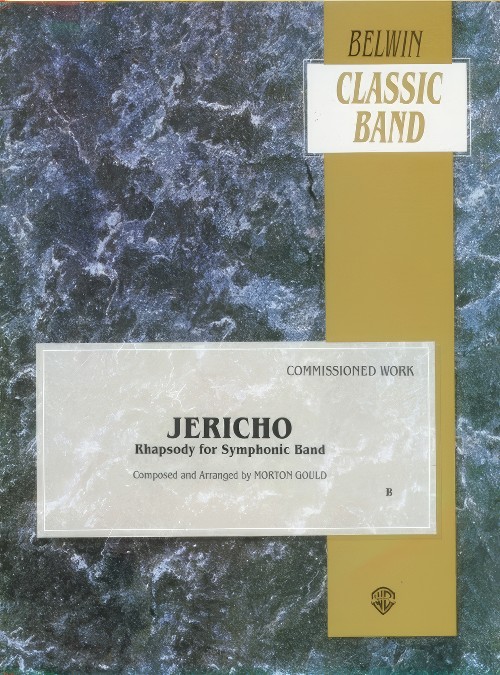 £98.50
£98.50Jericho (Concert Band - Score and Parts) - Gould, Morton
Jericho is a name as newsworthy today as it was in biblical times, states Col. Arnald Gabriel (Ret.), whose interpretive analysis of this Morton Gould classic now appears as part of the conductor's score through the courtesy of The Instrumentalist magazine. One of the first original works written for band, this musical depiction of the great ancient battle still stands today as a monumental work. A must for every serious library. Duration: 11:30
Estimated dispatch 7-14 working days
-
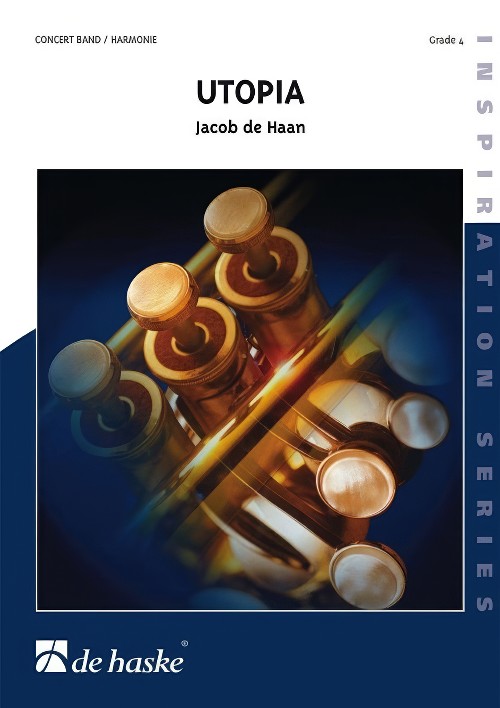 £139.99
£139.99Utopia (Concert Band - Score and Parts) - De Haan, Jacob
Utopia is the name of a book written by the English author Thomas More and was published in 1516. The title is a word thought up by More himself, after the Greek language, meaning "Nowhereland" and leading to the invention of the words utopian scheme and utopian. Utopia pictured an ideal state on an island far from the inhabited world. This idea was the basis of the composition. It makes one think of Oregon in variety of themes and style. Utopia also exists of a combination of styles that breathe the atmosphere of film music. However, Utopia sounds less American. The slow and stirring middle part for example is closer to the European romanticism: the chord signals in the brass section remind of Wagner's music.Duration: 11:30
Estimated dispatch 7-14 working days
-
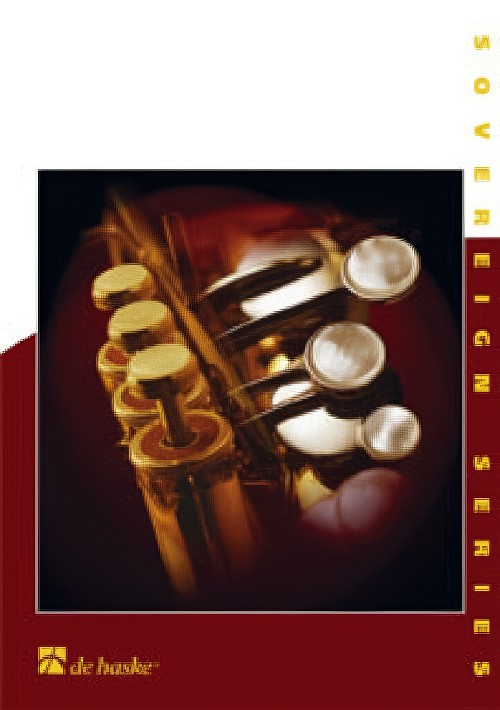 £179.99
£179.99Firestorm (Concert Band - Score and Parts) - Bulla, Stephen
The inspiration for this piece, commissioned by the United States Army Band, came from the Gulf and its constant presentation to the world as a media event on television. The composer wanted to capture the colour and events of war as they were played out on the television screen. Composed as a single movement rhapsody, the work is framed by the riveting sounds of airborne bombing raids with brass and percussion combining to create a gripping sense of tension.Duration: 11:15
Estimated dispatch 7-14 working days
-
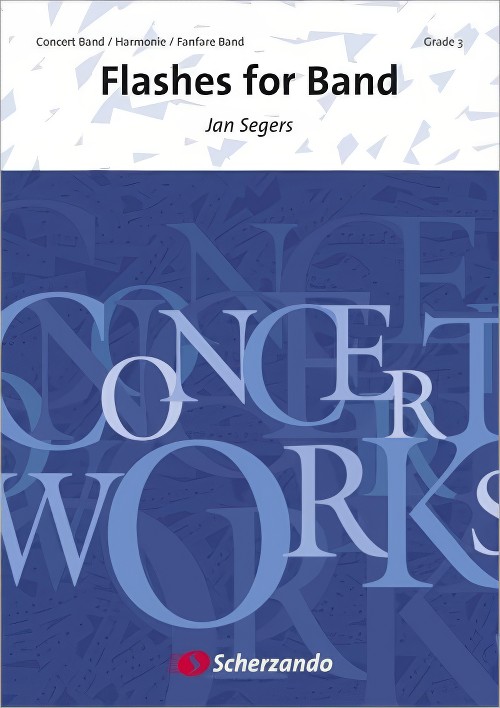 £104.99
£104.99Flashes for Band (Concert Band - Score and Parts) - Segers, Jan
Duration: 11.15
Estimated dispatch 7-14 working days
-
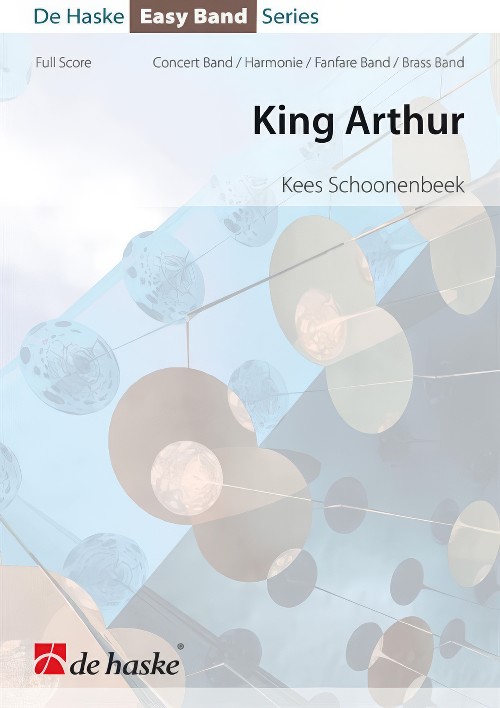 £104.99
£104.99King Arthur (Concert Band - Score and Parts) - Schoonenbeek, Kees
King Arthur is a five-movement suite based on the famous Arthur ledged. It forms part of the 'Easy Band 4' series in which all pieces have ten-part instrumentation (+ percussion) so can be performed by bands who do not have a full compliment of players. Bring a little Arthurian magic to your concert with this easy and exciting suite.Duration: 11:00
Estimated dispatch 7-14 working days
-
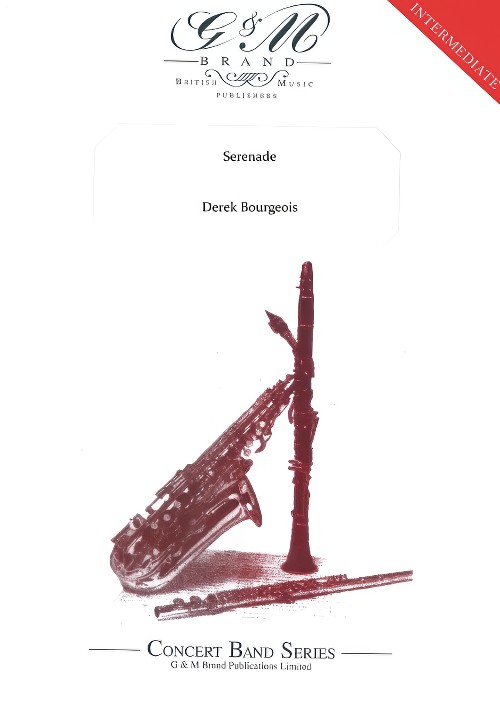 £59.95
£59.95Serenade (Concert Band - Score and Parts) - Bourgeois, Derek
Delight listeners with this lighthearted work. Bourgeois, Derek wrote the Serenade for his own wedding, to be played by the organist as the guests left the ceremony. Not wishing to allow them the luxury of proceeding in an orderly 2/4, the composer wrote the work in 11/8, and in case anyone felt too comfortable, he changed it to 13/8 in the middle! The work has now been released in a number of different orchestrations of the original version for organ.
Estimated dispatch 7-14 working days
-
 £11.95
£11.95Serenade (Concert Band - Score Only) - Bourgeois, Derek
Delight listeners with this lighthearted work. Bourgeois, Derek wrote the Serenade for his own wedding, to be played by the organist as the guests left the ceremony. Not wishing to allow them the luxury of proceeding in an orderly 2/4, the composer wrote the work in 11/8, and in case anyone felt too comfortable, he changed it to 13/8 in the middle! The work has now been released in a number of different orchestrations of the original version for organ.
Estimated dispatch 7-14 working days
